Full frame cameras are known for two things: their incredible performance and their high price tag. I have pretty much always owned a full frame camera, but never paid full price for such a camera. In this article, I will share some options for those of us who want to go full frame but don’t want to pay full price.
If you are shooting full frame, that immediately puts you in the upper echelons of photographers—the cameras have historically been reserved for professionals with quite a large budget available just for a camera or two. In 2025, that could not be further from the truth. You can afford to buy a full frame camera and enjoy all the pro features for a fraction of the budget. The used market has never been better for those of us who are on the lookout for some budget-friendly full frame cameras.
You might need a full frame camera if you want to get richer color gradation, better dynamic range, or simply produce cleaner images at higher ISO speeds. The extra sensor real estate is beneficial to just about every photographer out there. A full frame camera is irreplaceable for studio, landscape, or even event work. Talking about those of us who like to shoot on fast lenses, the depth of field is also much better on full frame cameras. Sure, it won’t be as great as a medium format camera, but it will be nonetheless miles better than any offerings from Micro Four Thirds or APS-C. Read on, and find out which cameras I recommend.
Canon 5D Mark II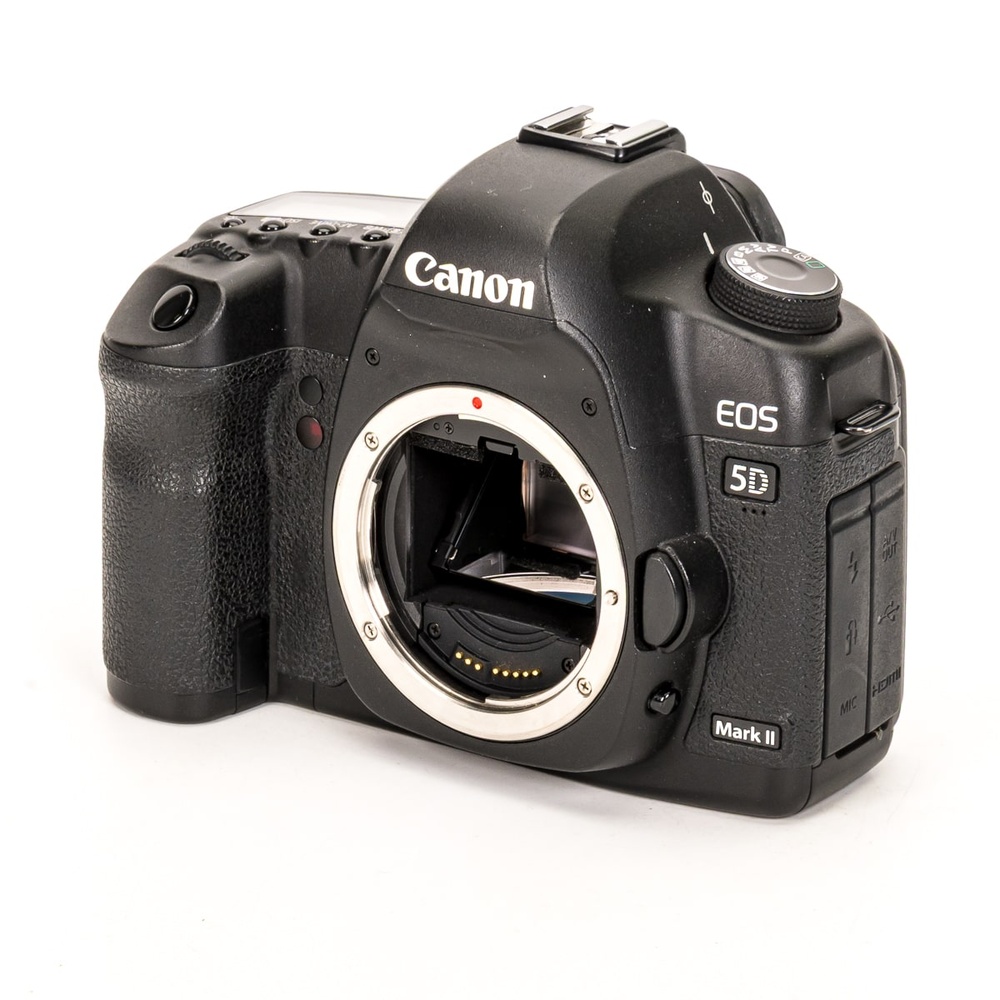
I think I recommended or mentioned this legendary camera in just about every article I wrote that’s camera-related. They simply don’t make cameras that great anymore. When it first came out in 2008, it was $2,600 to purchase, and it offered things that no other camera could. For example, a crazy amount of resolution, great low light performance, and everything else. In 2025, it’s a camera that’s largely outdated, and I would not suggest having it for any work that is really high-stakes. That said, if you are just beginning with photography, the 5D Mark II will teach you to work around the constraints of it. It’s a glorified film camera. I like it because it is a camera that will force you to be intentional with your images and make you practice photography as opposed to simply putting ISO to the max and using the 8 stops of image stabilization that are common for modern cameras. The Canon 5D Mark II is plenty for studio portrait work—after all, you don’t need anything beyond a camera that can take pictures—especially if you are using flash. Set it to ISO 100, f/8, and 1/160 of a second, and let your subject and your lighting do the rest of the work.
Canon 5Ds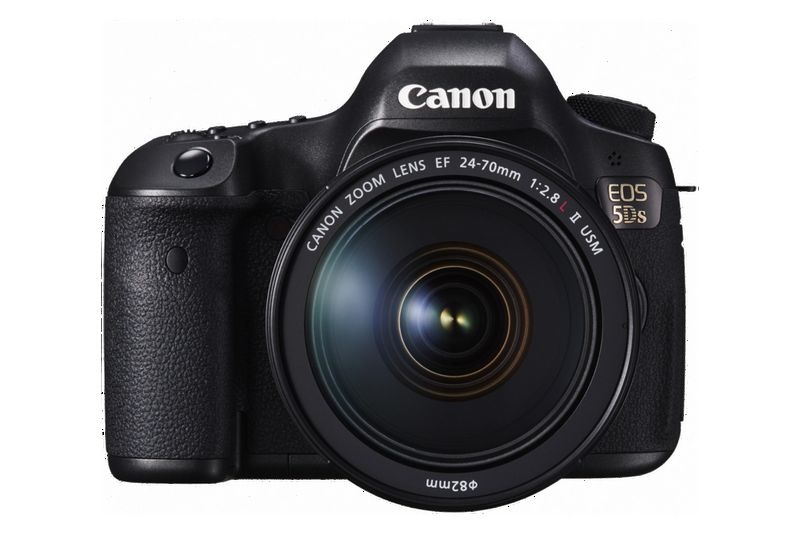
This is a camera that I own to this day and use to this day as a backup. With a stunning resolution of 50.6 MP, this is the ultimate camera for studio work that full-time pros use. If you are doing fashion or beauty work, be it editorial or campaign, this is it. It hits the spot of being affordable as well as delivering fantastic image quality. In my opinion, there is no better camera that Canon has made since—when it comes to color and resolution, of course. This is a stills-only camera, although you can shoot video on it. I, in fact, shot a video campaign on it for social media usage. That said, I would’ve rented something better had the budget been there. The build quality of the 5D series is also second to none. If you are looking for a workhorse studio camera that won’t let you down and have a bit more budget than a 5D Mark II, the 5Ds is the way to go.
Sony a7 II
If you are a Sony shooter and want the best bang-for-buck full frame camera, this is it. With a decent 24.3 MP resolution, it delivers plenty of image quality and room to crop even in 2025. What is more, it has built-in stabilization, meaning that you can shoot with slower shutter speeds. In terms of dynamic range, it is decent; however, I personally prefer the way Canon does color—that is a matter of personal preference though. What makes it better than some of the Canon cameras I recommended previously is that the Sony is much lighter—being a mirrorless camera. In terms of downsides, it has one really: the autofocus can struggle in low light, and it has limited video performance like in the 5Ds. That said, I would rather shoot video on the Sony than the Canon 5D Mark II or the 5Ds. The price is very nice for what you get.
Sony a7 III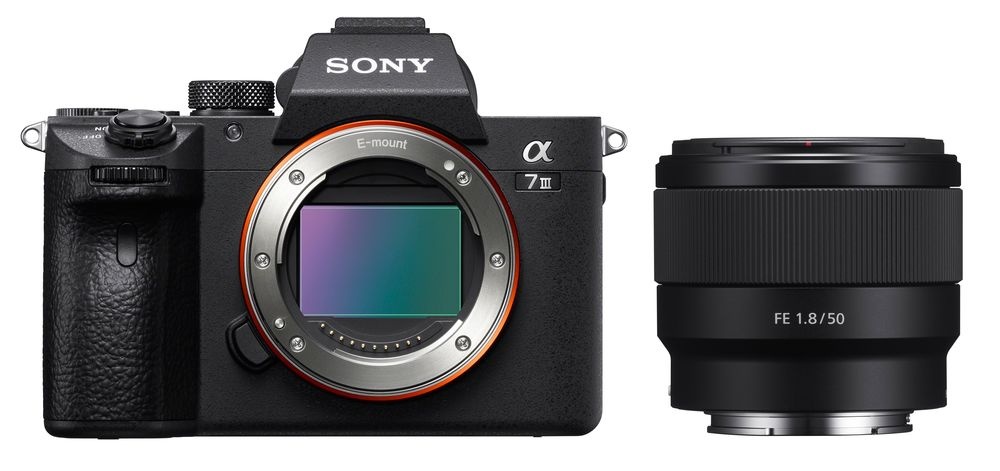
For those of us who have a little more budget, I would recommend this legendary camera from Sony. Just about every Sony shooter has owned this camera—and for good reason. It was a revolutionary offering when it first came out. The low light performance is still quite good, just like how it was when the camera first came out. Moreover, the camera has much improved autofocus performance with 693 points and eye detection for humans as well as animals. It is able to capture action, with a burst rate of 10 fps. Sure, it will be a far cry from what the modern action-dedicated cameras can do, but it’s still something if you ask me. In terms of downsides, I would only point out that the camera does not have a fully articulated LCD screen (the Canon offerings I mentioned don’t have one to begin with at all). Additionally, the menu systems are quite complicated, making the camera less beginner-friendly.
Canon EOS RP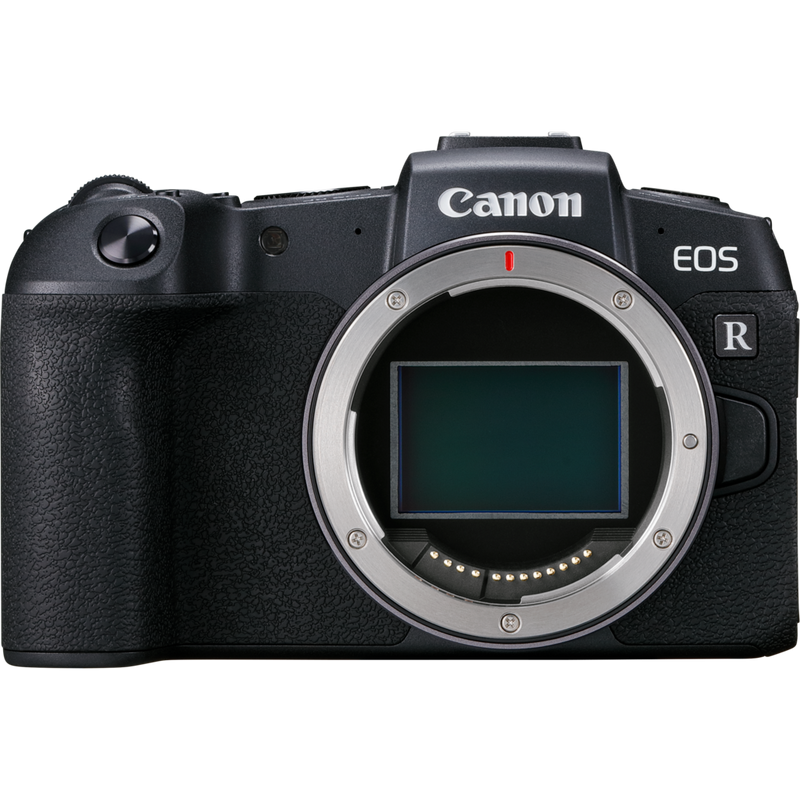
If you are fully set on getting into the Canon RF series, this is it. The best way to make a start on the RF system is with the Canon RP. It won’t break the bank, but it will deliver the most modern set of features for the least amount of investment. The camera is able to offer 26.2 MP of resolution, with Dual Pixel AF meaning that you will be nailing focus in almost any conditions. Moreover, the compact form factor of this camera enables it to be the best travel companion that you can wish for. The menus are simple and intuitive, not being too different from any other Canon camera really—and with an adapter, you will be able to use any Canon EF lens—which are also super cheap to find on the used market. It is the camera that has seen the most significant price drop in the mirrorless world—it is often the cheapest full frame mirrorless camera that you can buy these days.
Saving with MPB
I wouldn’t be myself if I did not recommend buying these cameras used. Buying used makes economical sense, among other things. Sure, you could buy something on Facebook Marketplace or an alternative website; however, you risk getting not exactly what was described, or overpaying, or even not getting anything at all. The safest and easiest way to buy used gear is with MPB—because they take the guesswork out of the purchase. You simply have to find the item you need, buy it, and receive it. If, for whatever reason, what you receive does not match what you bought, there will be a refund—which is generally not the case with private sellers. As such, by buying with MPB, you save both time and money. As far as buying equipment goes, I would suggest looking at MPB before going anywhere else.
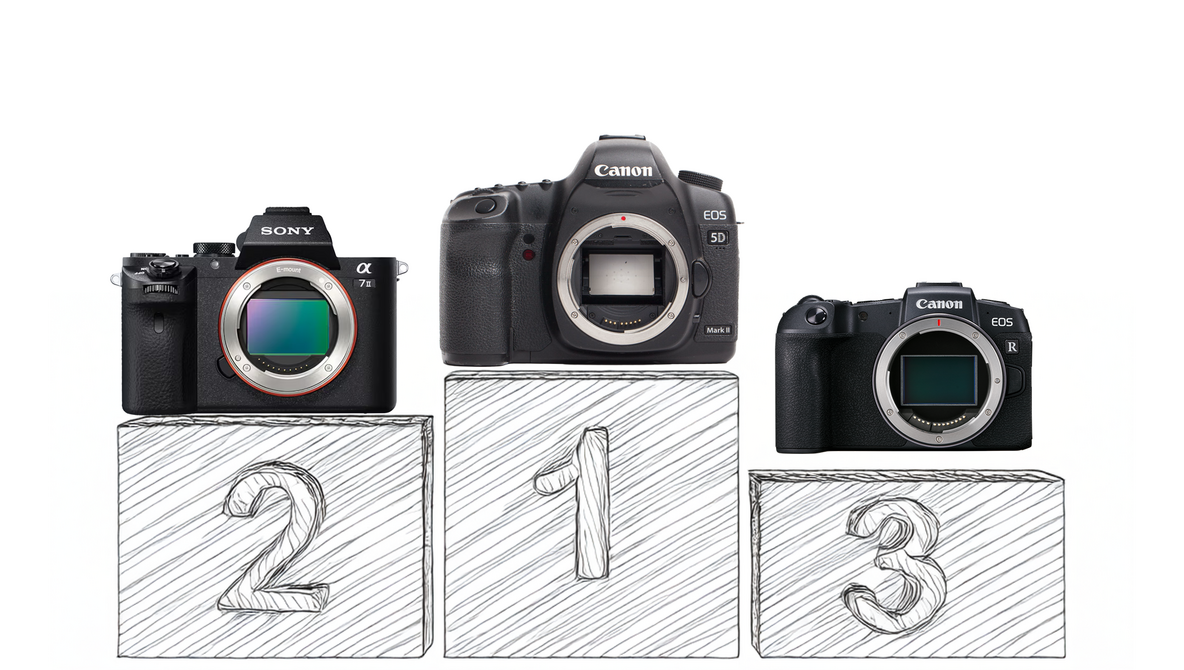






So, just Canon and Sony? Seriously?
Seriously??? No Nikon??? Your list is flawed.
Why waste money on an outdated over rated system like Nikon?
F mount is obsolete where the Canon and Sony recommendations are still current or 100% compatible with the mirrorless options unlike the cludgy Nikon system with the worst AF of the 3 systems.
You really are misinformed, Nikon Z mount mirrorless cameras are cutting edge.
Nikon Z5 II is the best budget camera you can buy.
I have F to Z adapter for my old F lens, no such thing as obsolete 😉
And I can use a 25 yo Nikkor lens with my Z mount camera, no other camera maker brings that value.
Mounting and functioning are completely different. You can mount virtuall any DSLR lens on ANY mirrorless camera and take a picture. But that doesn't mean the lens functions. Only about 1/3 of Nikon F auto focus lenses AF on any Z camera. Thus obsolete. Vs 100% of EF/EF-S lenses since 1987 work on all Canon RF cameras. And with the control adapter you improve EF/EF-S to RF capabilities.
Finally all Z cameras have the worst AF of Sony, Canon and Nikon cameras. This is proven by hundreds of reviews.
You mean, with an older (superb) lens, I may have to focus manually and maybe also set the f-stop?! (Clutches pearls, faints) 🙄
Recommending a DSLR is, well, not a great idea. The EF mount is a dead end, at best. The R is a very underrated camera, so stick with that mount.
This is a joke without Nikon cameras.
The Sony A7 II is a dog. The battery life is awful.
Surprised this article mentions both the A7 II and A7 III. A brand new A7 III can be had here in the UK for £987 which is very decent if you want to save money and don't care about the latest cameras and features you may not even need. Battery life on the A7 III is superb. A brand new A7C II is a little less than double the price at £1899. You do get better AF and 10 bit video but at a cost though and only one card slot.
No suprise. When i realized the author, i stop the reading. 99% garbabe. Sorry for this statement.
Finally some advice on affordable "OLDER" cameras for cameras are forever because when first on the table they were greatest for all and all wanted them!!!! Yes I read all the commits and feel the author was just keeping it short. I am rather older that most but have been capturing with film and digital a long road with little $ to play with. I started with digital with the point and shoot cameras of the 2000-2008 and in 2009 went Canon T2i a APS-C camera, the one thing few realize is the lenses are made for the camera and MM's are labeled at the correct MM for the type of camera. I still use my point and shoot as I keep in my car and recharge weekly for that just incase (FUJIFILM WP Z).
I am not familiar with the Canon and Nikon models after my T2i but have seen many reviews through the years for I went Sony A7SM1 in 2014 and the the A7RM2 in 2017 still before camera makers went mirrorless. The problems with battery life being low and the menu's being hard to find somethings. If the camera is yours you find settings fast so the complainers are non users mainly and as far a battery charge I using the the A7SM1 (no IMIS) for three years I could capture milky ways all night and never have to replace the battery - What drained the battery was those doing time-lapses I feel not a valid issue.
With comment here about other Canon or Nikon cameras are valid but remember they were mirrored with no IBIS but will cost less and their lenses because when they went mirrorless users hand to get the new lenses and dump the old when going/getting mirrorless.
A few things about the Sony cameras is the A7/R/SM2's of the early 2015's had IBIS and the "Bright Monitoring" that few users knew about except the night photographer's that assigned to to the trash can button was like night vision, I used it once to find a lifeguard stand on a beach in darkness. Also the other hidden gem is/was the on camera apps where I learned used them to learn more about photography but one most important "Digital Filter" preprogramed for sunsets/rises BUT was great for milky ways over a lit towns and cities. Before buying a used A7/R/S Mod 1 or 2 ask if it has all or some of the apps because they are no longer available for download, WHY I will never know!
The key about the A7M3 was it was the first with "ISO Invariance" what this means is less noise using lower ISO's in dark places but in post you can just increase exposure to get an image you would need a higher ISO.
One other thing about the A7/R/S mod 2's with IBIS is bracketing 3 to 5 at +/- 1 to 3EV hand held and able to leave the tripod at home in the daytime, for info my A7RM5 can do this even during the blue hours but remember the in camera NR is turned off during bracketing.
Now to save you somewhen doing night Milky Ways most will just use the A7SM2or 3 but you can use the A7RM2 to 5 and get the same images. The plus with the A7RM5 is the requirement for a faster SS like 5 sec or faster as well as if you a f/1.4 or f/1.8 lens they also require faster SS's and combined even faster. This makes capturing the the Milky Way ARCH panorama of 200+ degrees taking less than 90 seconds per Arch capture also using in camera NR and moving to the next click of your pano rig stepper and getting pinpoint stars to boot and still bright as daytime but with stars.
1. point and shoot camera remember it is mostly the software that gets newer.
2. 2015 A7S Night fun on the farm, but put VICK's or ODO-BAN on legs to repel chinch bugs
3. Bracketing hand held laying on back pointing upwards during night inside lit with LED lantern on night tour. 12mm when other makers stopped at 16mm 2017.
4. Using in camera app "Digital Filter" getting a raw image processed in camera.
Stop complaining and just have FUN!
Lastly get the Sony APS-C E 10-18mm (15-27mm) f/4 OSS can use in Full Frame at 12mm way smaller than the 12-24mm f/4 and f/2.8 and has treads up front for fitters great for MW's ARCH or even hiking landscapes.
5D Mark II? Seriously? Sure, it was great at its time, but today gets blown out of the water by even the EOS RP. If any DSLR I would've put the 5DIII. You also forgot Nikon D800 which is a 36 megapixel steal nowadays (and I'm not even team Nikon). Please update this low effort article.
The sentiment from this article is sound but the choices of camera quite bizarre. There are plenty of older FF cameras out there from Sony/Canon/Nikon that are a bargain if you aren't chasing the latest features you may not actually need.
Just get a Sony A7iii if you want a good full frame system with budget friendly options. But stay away from mark2 and older if you can.
Fujifilm is crop but there are good budget friendly options, like X-H1.